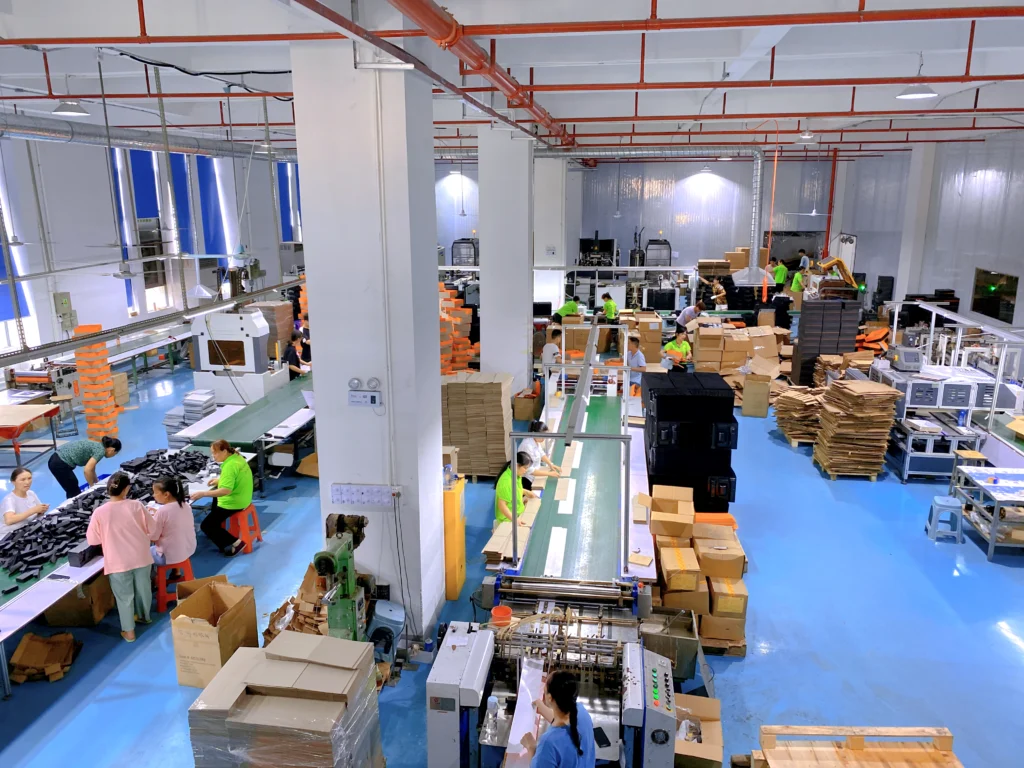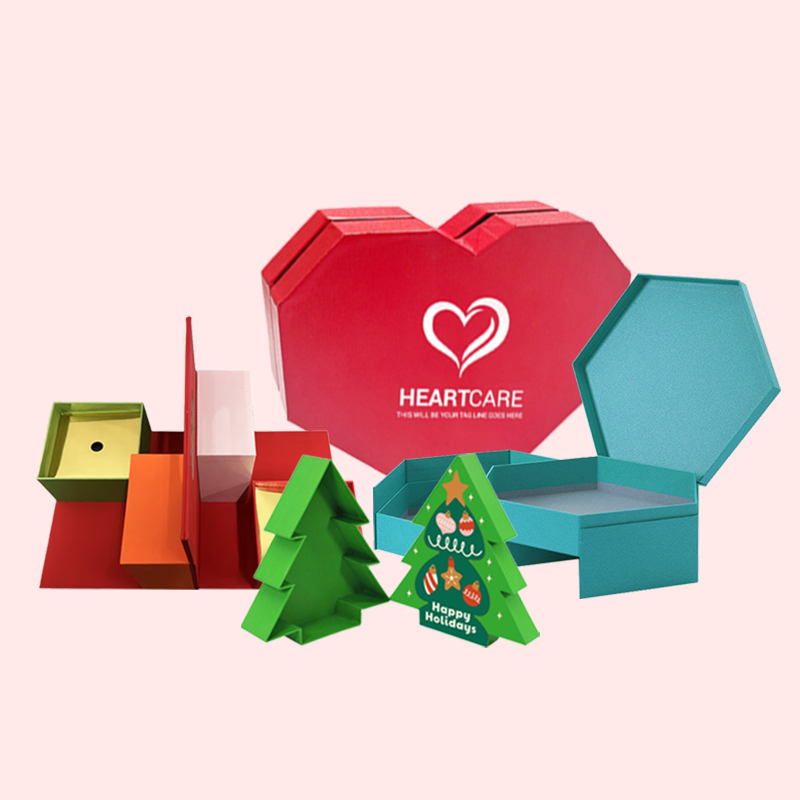Ordering custom packaging can feel like a complex puzzle. You worry that one wrong move could lead to costly mistakes and delays, hurting your project's launch.
The very first step to ordering paper packaging boxes is to clearly define your project requirements. This includes specifying the box style, exact dimensions, desired material, quantity, and providing your artwork or design ideas. This clarity is the foundation for a smooth and successful process.
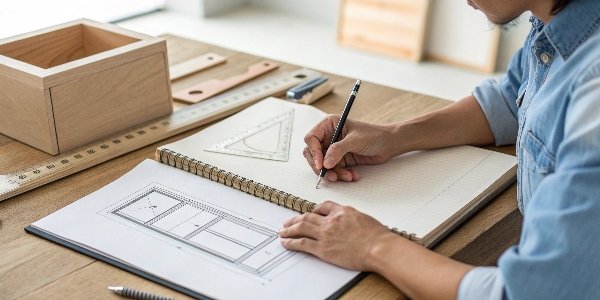
Getting that first step right makes everything else fall into place. After 16 years in this industry, I've seen it all. The projects that run the smoothest are always the ones that start with a clear, well-defined plan. It’s not just about telling us what you want; it’s about creating a shared vision from the very beginning. When you know your needs, we can guide you through the manufacturing journey much more effectively. Let's break down that journey so you understand exactly how your idea becomes a finished box.
How are boxes made step by step?
Ever wondered how a flat sheet of paperboard becomes a perfect box? The process seems like magic, but a single mistake can ruin an entire production run.
Box manufacturing follows a precise sequence: it starts with design and prototyping, then moves to printing the artwork. After that comes surface finishing, die-cutting the shape, folding and gluing, and finally, a thorough quality inspection before shipping.

Let's dive a little deeper into how we bring a box to life at our facility. Each step is a mix of technology and craftsmanship, and I always enjoy seeing a project come together. It starts with your vision. Once the design is locked, we move into the physical creation process. We've refined these steps over many years to ensure efficiency and quality. It’s a multi-stage process where precision is key. Missing a detail at any point can have a domino effect, which is why we have checkpoints all along the way. Here is a simple breakdown of the main stages:
| Step No. | Stage Name | What Happens |
|---|---|---|
| 1 | Pre-press & Prototyping | We finalize your design file (the dieline) and create a physical sample for you to approve dimensions and structure. |
| 2 | Printing | Your design is printed onto large sheets of paperboard. We typically use offset printing for high quality and color accuracy. |
| 3 | Surface Finishing | This is where we add special touches like matte or gloss lamination, foil stamping, or embossing to make the box stand out. |
| 4 | Die-cutting & Creasing | A custom die (like a giant cookie cutter) cuts the box shape from the printed sheets and creates the fold lines. |
| 5 | Gluing & Assembly | The flat, cut-out boxes are folded and glued by a machine to form their final 3D shape. |
| 6 | Quality Control | We inspect the finished boxes to ensure they meet our standards for color, construction, and overall quality. |
What are the different types of paper packaging boxes?
Choosing the wrong box can damage your product or weaken your brand's message. With so many options available, how do you know which one is right for you?
The main types of paper boxes are folding cartons, rigid boxes, and corrugated boxes. Folding cartons are for lightweight retail items, rigid boxes offer a premium feel for luxury goods, and corrugated boxes are for shipping and protection.
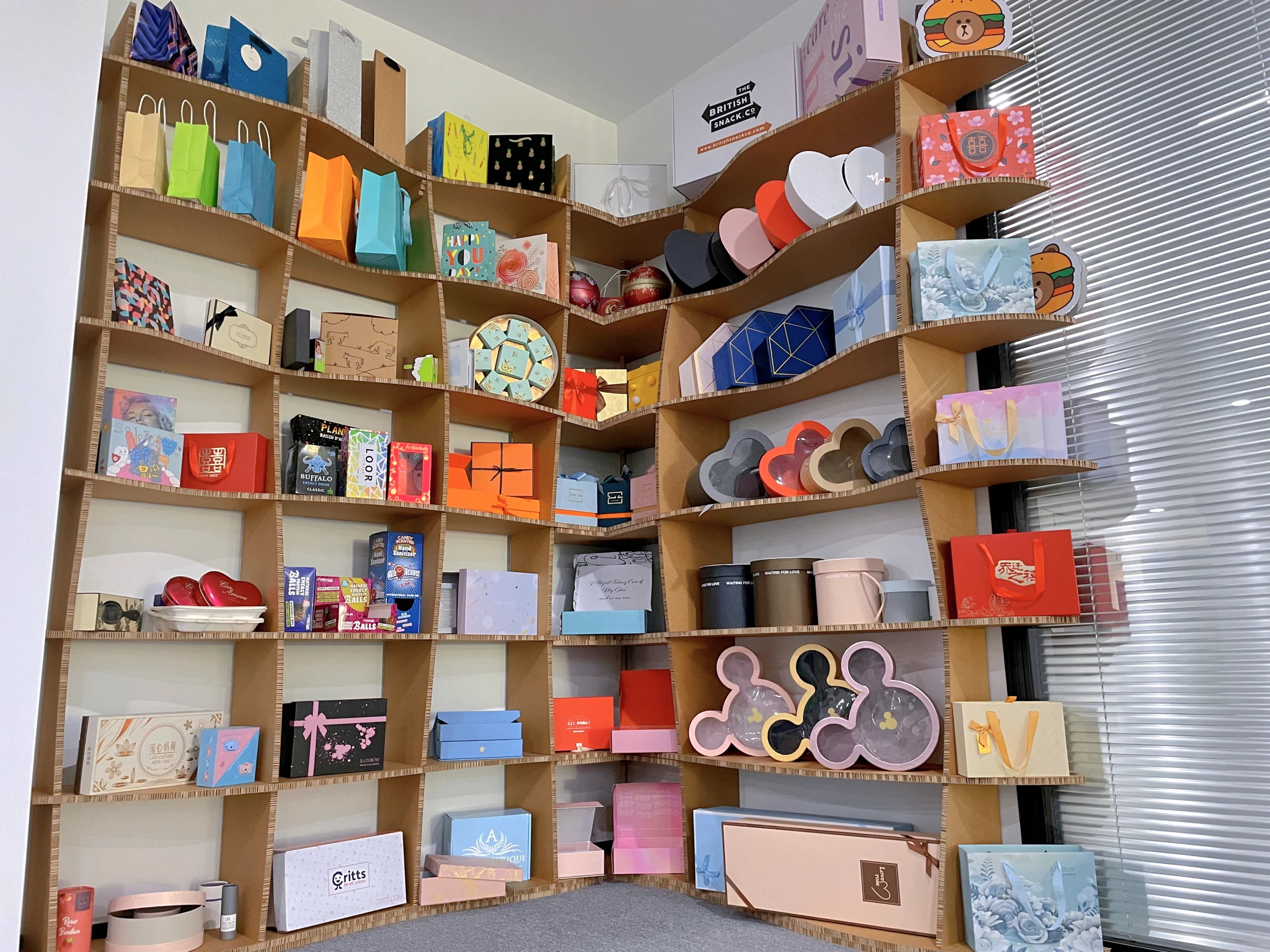
Understanding the fundamental differences between box types is crucial for making an informed decision. I often tell clients to think about two things: what level of protection does your product need, and what kind of experience do you want to give your customer? A simple folding carton is perfect for a small cosmetic item on a store shelf, but you wouldn't use it to ship a heavy electronic device. For that, you'd need the strength of corrugated board. And for a high-end watch or piece of jewelry, a sturdy and elegant rigid box is the only way to go. It all comes down to matching the box to the product and the purpose.
Here’s a quick guide to help you distinguish between them:
| Box Type | Key Characteristics | Common Uses | My Insight |
|---|---|---|---|
| Folding Cartons1 | Made from a single layer of paperboard. Shipped flat and assembled on-site. Lightweight and cost-effective. | Cosmetics, pharmaceuticals, food products, general retail. | These are the workhorses of retail packaging. Great for high-volume products where speed and cost are important. |
| Rigid Boxes2 | Made from thick, condensed paperboard (chipboard) wrapped in paper. Very strong and durable. Does not collapse. | Luxury goods, electronics (like smartphones), high-end gifts. | These boxes scream "premium." The unboxing experience is part of the product's value. They cost more but deliver a big impact. |
| Corrugated Boxes3 | Made with a fluted layer sandwiched between linerboards. Designed for strength and cushioning. | Shipping boxes, e-commerce mailers, product displays. | The unsung hero of logistics. The flute's structure provides incredible strength-to-weight ratio, protecting goods in transit. |
What is the process of cardboard packaging4?
Cardboard packaging seems simple, but its creation is a precise industrial process. Getting a detail wrong results in weak boxes that can't protect the products inside.
The process for cardboard packaging4 starts by making corrugated board, which involves gluing flat liner sheets to a wavy fluted medium. This board is then converted into a box through cutting, printing, scoring, and joining.
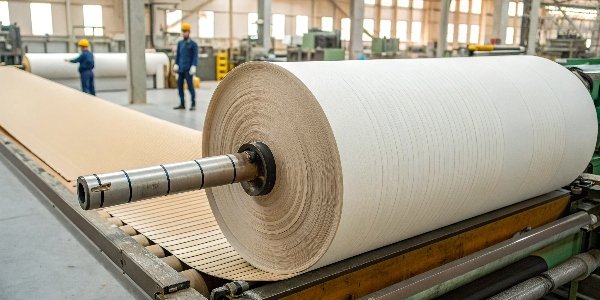
When people say "cardboard," they usually mean corrugated fiberboard. The real magic of this material is in its structure. That wavy layer in the middle, called the flute, is what gives the box its strength and cushioning properties. I've been in factories where these corrugator machines run for hundreds of feet, turning giant rolls of paper into strong, flat sheets of board. This board is then sent to another part of the factory for converting. The converting process is where the flat sheet becomes the box you recognize. It’s a fascinating blend of raw power and fine precision, all aimed at creating a container that can withstand the rigors of shipping and handling.
Here’s how those strong sheets become a finished box:
- Corrugator Machine5: This is the heart of the operation. It takes three rolls of paper—two flat linerboards and one for the fluted medium—and glues them together with heat and adhesive to create a continuous sheet of corrugated board.
- Printing: For shipping boxes, we often use flexographic printing6. It's a fast and efficient method for printing logos, handling instructions, and other basic information directly onto the board.
- Scoring and Slotting: The machine then scores the board to create clean fold lines and cuts slots to make the flaps that close the box. This is done in a single pass for standard box designs.
- Die-Cutting: For more complex shapes, like mailer boxes with locking tabs, a die-cutter is used to stamp out the shape, just like with folding cartons but on a much bigger, stronger scale.
- Joining: The final step is to apply a strong line of glue to the "manufacturer's joint" and fold the box flat for shipping to the client.
How to manufacture a paper box?
You have a perfect design and you're ready to go. But how does that file on your computer become thousands of real, physical boxes? This is where collaboration is key.
To manufacture a paper box, you first provide a finalized dieline and artwork. Your supplier then creates proofs for your approval. Once approved, the project moves into mass production: printing, finishing, die-cutting7, and gluing.
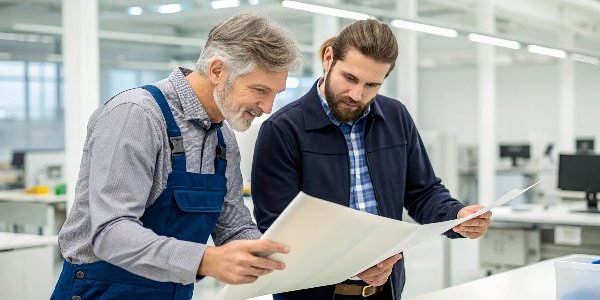
This question seems similar to asking how boxes are made, but I want to look at it from your perspective as the client. Your role in the manufacturing process is incredibly important. Think of us as your manufacturing partner. We have the machinery and the expertise, but you have the vision. A successful production run happens when there is clear communication and timely approvals at every critical step. I once had a project get delayed by a week because of a simple color code misunderstanding. Since then, I've made it my mission to ensure our clients understand exactly what we need from them and when. This partnership approach prevents errors and ensures the final product is exactly what you imagined.
Here is a table showing the manufacturing process and where your input is most critical:
| Manufacturing Stage | Our Responsibility (The Factory) | Your Responsibility (The Client) |
|---|---|---|
| 1. Technical Review8 | We check your dieline and artwork files for any technical issues (e.g., bleed, resolution, safe zones). | Provide final, high-resolution design files. Be available to answer questions about the design's intent. |
| 2. Proofing | We produce a physical sample (white sample) and a color proof (digital or printed) that exactly match the intended output. | Carefully inspect the white sample for size and structure. Check the color proof for accuracy. Provide a written sign-off. |
| 3. Mass Production9 | We schedule and run your job through printing, finishing, die-cutting7, and gluing based on the approved proofs. | Wait patiently! At this stage, changes are impossible or extremely expensive. Trust the process you helped set up. |
| 4. Final QC & Shipment10 | We perform final quality checks, pack your boxes securely, and arrange for shipment to your location. | Prepare your facility to receive the shipment and let us know once it has arrived safely. |
Conclusion
Ordering custom boxes starts with clear requirements. Understanding the manufacturing steps, box types, and your role in the process ensures you get the perfect packaging for your brand's needs.
-
Explore the advantages of Folding Cartons, ideal for retail packaging, offering cost-effectiveness and lightweight solutions. ↩
-
Discover why Rigid Boxes are perfect for luxury items, enhancing the unboxing experience and product value. ↩
-
Learn about the strength and cushioning properties of Corrugated Boxes, essential for safe shipping and logistics. ↩
-
Understand the intricate process of cardboard packaging production, ensuring quality and durability for your products. ↩ ↩
-
Delve into the workings of a Corrugator Machine, the heart of creating strong corrugated board for packaging. ↩
-
Find out how flexographic printing efficiently adds branding and information to packaging materials. ↩
-
Explore the die-cutting process, crucial for creating complex box shapes and designs in packaging. ↩ ↩
-
Learn about the importance of the Technical Review stage to ensure your design meets production standards. ↩
-
Understand the Mass Production stage, where your designs come to life through printing and finishing. ↩
-
Discover the Final QC & Shipment process, ensuring your boxes are ready for delivery and meet quality standards. ↩

